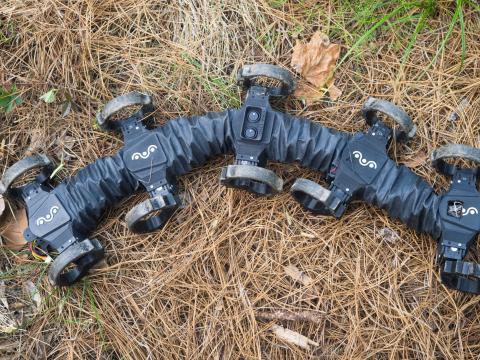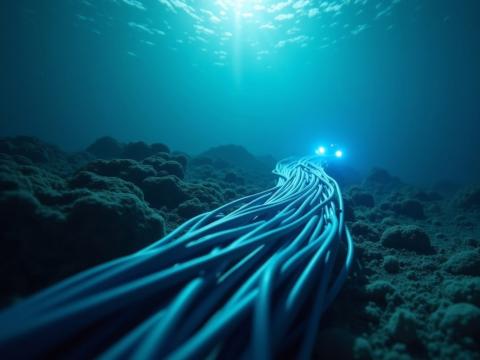In Magnetic Navigation We Crust
Quantum sensor-based magnetic navigation has gained emerging traction with its recent technological progression.
John Burke, principal director for Quantum Science for the Office of Undersecretary of Defense for Research and Engineering for Science and Technology, shared his excitement about the latest progress.
“There have been some demonstrations … to use these magnetometers or sense the magnetic field of the crust of the Earth as separate from the core of the field, which is how a compass works,” he said. These magnetic fields, Burke explained, are much smaller due to iron and nickel deposits existing in the crust.
An August 2024 announcement cited a continuing partnership between the U.S. Air Force and SandboxAQ “to explore additional configurations of the core AQNav architecture,” stated a report from Inside GNSS, which covers global navigation satellite systems. AQNav, according to the same announcement, uses artificial intelligence large quantitative models, quantum sensors and the Earth’s crust “to provide an unjammable, un-spoofable, all-weather, day/night, terrain-agnostic, passive, real-time navigation solution.”
While it’s not precise enough to replace GPS, the updated technology could serve as a foolproof and inexpensive backup for commercial aircraft, Burke stated.
Recent GPS-jamming incidents on commercial flights have outlined the need for such capability.





Comments